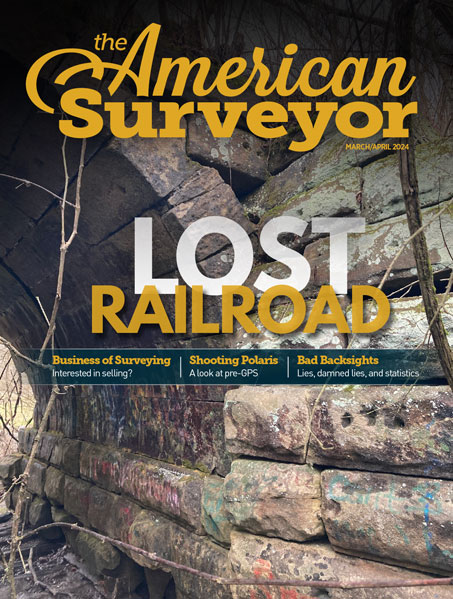A Canadian cartographer has the Bank of Canada scrambling to make some fixes on the recent redesign of the Canadian $100 note. Natural Resources Canada was commissioned by the Bank of Canada to provide the mapping component for the bill; however, some of their creative licensing has not been received favorably by a number of Canadians [particularly those in coastal regions].
The problem – when the map was reduced to fit in the allotted space on the bill the result was that each pixel in the graphic represented about 500 km – that’s about 350 miles. So, a visible result of this was that it appeared that Vancouver Island (on the West coast) no longer appeared as an Island since The Georgia Strait was no longer visible. Other problems – the Rocky Mountains now appeared as foothills and Newfoundland, PEI, and New Brunswick also seemed to mysteriously join up with the mainland in places that are actually separated by water.
The map above comfirms that the B.C. lower mainland and Vancouver Island are infact separated by the Strait of Georgia!
The note is now being repaired as cartographers scramble to add pixels in strategic locations so the map more clearly represents the landscape.
More info can be found at the Bank of Canada
Image courtesy of the Bank of Canada
From The Editor (March 9, 2004): To follow up with our original "Spotlight" article, we’re pleased to provide some feedback we received from representatives of the CCRS and The Bank of Canada. Apparently, some members of these agencies felt that some important facts were not conveyed and that we even published some errors; in particular, it was pointed out that our reference to CCRS "scrambling" to repair the bill was not true. I won’t go as far as admitting errors or mis-representation, however, I am more than happy to share the views of these individuals so GISuser.com readers can be better informed. GISuser.com would like to thank the individuals referenced below for their prompt attention and for their input. Letters follow:
Comments from R.A. O’Neil, Director, GeoAccess Division, CCRS, Earth Sciences Sector
The map of Canada on the back of the bill is derived entirely from digital data. It was necessary for the Atlas of Canada, a division of NRCan, to make minor adjustments to the map so that it would conform to the way Canadians think of Canada. For example, many of the country’s well-known straits are very narrow. In order to replicate them in their full length, mapmakers have to draw them considerably wider than they appear in initial satellite imagery. This is the art of cartography.
Since the bill will likely be in circulation for 10 or more years, the Atlas of Canada and the Bank of Canada put a great deal of thought and care into its design over the last two years. The organizations worked together to find the best representation for the Canadian landmass that would be technically possible to print.
For security reasons, the image of the bill on the Bank of Canada’s Web site and in publicity materials created for its unveiling are not identical to the final printed version. There is no requirement to revise its design.
For more information, I invite you to visit the Atlas of Canada Web site at http://atlas.gc.ca/site/english/featureditems/bank_note.
R.A. O’Neil
Director, GeoAccess Division
Canada Centre for Remote Sensing, Earth Sciences Sector
Comments from Ginette Crew, Senior Analyst, Bank of Canada
I would like to thank you for featuring an article on the new $100 bill on your web site. The new design highlights Canada’s achievements in cartography—something about which all Canadians can be proud.
I would like to clarify the design process for this particular bill. The Bank of Canada and Atlas of Canada, a division of Natural Resources Canada, worked together to develop a representative map of Canada that would be small enough to fit on a bill. Over a period of several months, we gradually refined the image so that it could be represented as accurately as possible within the technical limitations of the security printing process. During this time, we showed models of the note to focus groups to get their suggestions for improvements that could be made to the design. This is part of the normal process of designing a new note: the design is gradually modified and improved, with input from various sources. The approved final design is then moved forward to the plate-making process that results in the printed notes.
The image of the new $100 bill on the Bank’s web site and communications materials are models of an earlier version of the bill. For security reasons, we decided not to use the final illustration of the bill in our publicity materials. These printed materials give the public a general overview of what the $100 bill will look like, without the exact details that could give a potential counterfeiter a head start.
To conclude, at no point in the design process were the Bank of Canada and Natural Resources Canada “scrambling to make some fixes” or having the note “repaired.” However, we did work together over several months to ensure that the map represents Canada as Canadians know it.
Ginette Crew
Senior Analyst
Bank Note Communication and Compliance Team
Bank of Canada
Thanks again for the feedback – Glenn Letham, Managing Editor, GISuser.com
